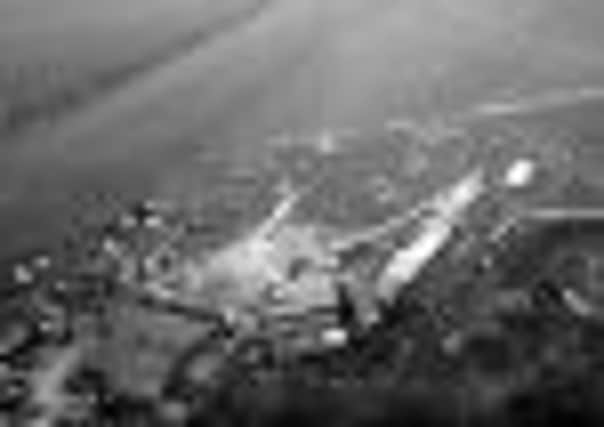Just gliding along


Its iconic hangar, designed by renowned architect Kit Nicholson, was built in 1935.
This aerial photo was taken in the mid 1960s and is particularly interesting because it shows one of the huts which were built on the airfield to confine German and Italian prisoners-of-war between 1941 and 1945.
This is seen in the very far left corner of the picture.
Advertisement
Hide AdAdvertisement
Hide AdOther parts of the prison camp had already been demolished. The prison chapel, in a large black Nissen hut, was taken down in 1954.
It was sited where the photo shows a white motorhome at the top of the car park.
The book Dunstable At War includes an interview with Erwin Rudorf, a former German PoW, and details of a project by Dunstable’s Manshead Archaeological Society to record details about the camp.
But the recent book Prisoners of War in Bedfordshire covers only the camps in the north of the county.
Advertisement
Hide AdAdvertisement
Hide AdThe gliding club, formed in 1929, had previously launched gliders from Ivinghoe Beacon and at Downs Farm, on the Ivinghoe-Aldbury road, but this attracted such huge numbers of spectators that it caused traffic jams and the police asked the pioneer flyers to move.
They found a new base in a barn at Tom Turvey’s farm at Totternhoe (very convenient for Dunstable Downs) and within a few years the club acquired the use of a field at the foot of the hill.
> Yesteryear is compiled by John Buckledee, chairman of Dunstable and District Local History Society